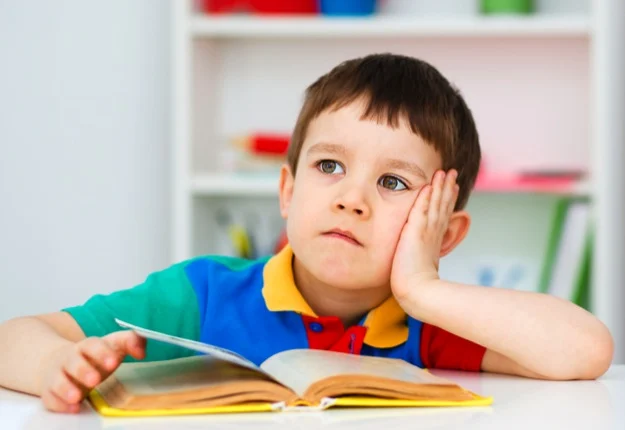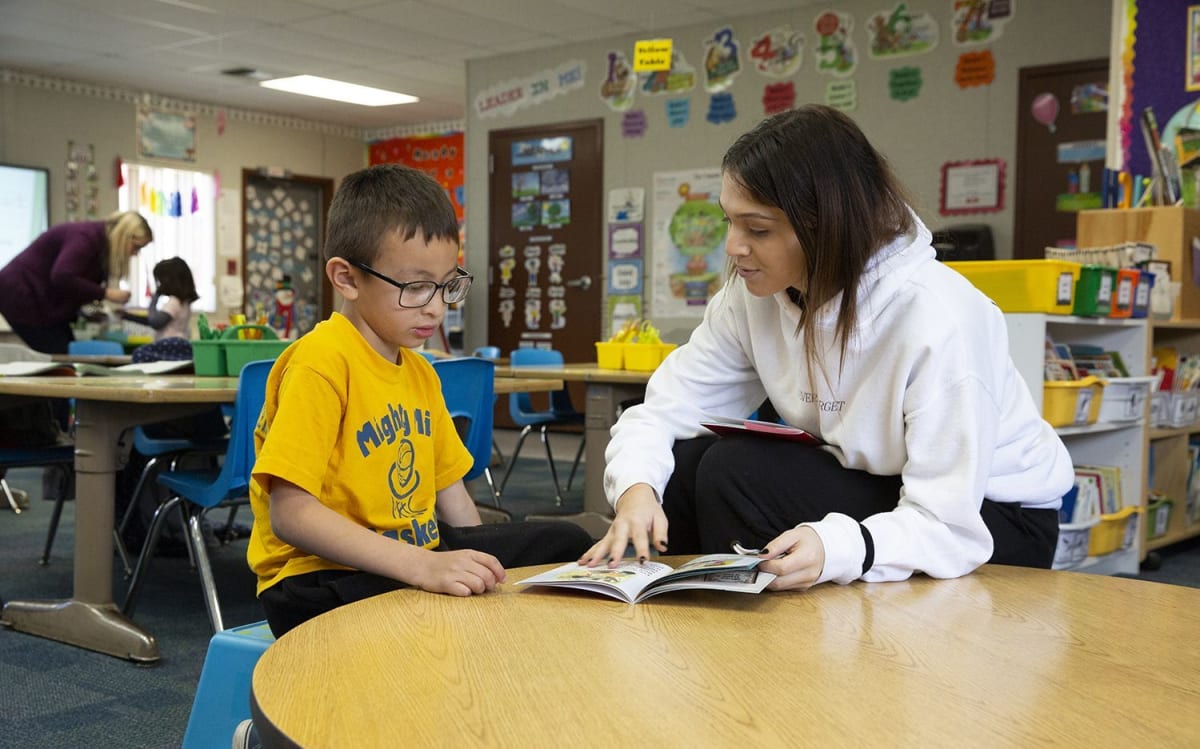Neurodevelopmental disorders
Learning Disabilities

Neurodevelopmental disorders
Learning Disabilities
- Home
- Learning disabilities
What are Learning disabilities?
Learning disability means a disorder in one or more of the basic psychological processes involved in understanding or in using language, spoken or written, which may manifest itself in an imperfect ability to listen, speak, read, spell, or do mathematical calculations.
Learning disabilities look very different from one child to another. One child may struggle with reading and spelling, while another loves books but can’t understand math. Still another child may have difficulty understanding what others are saying or communicating out loud. The problems are very different, but they are all learning disorders.
Prognosis for Learning disabilities
Learning disabilities can be lifelong conditions. In some people, several overlapping learning disabilities may be apparent. Other people may have a single, isolated learning problem that has little impact on their lives.
Treatments influence prognosis
The most common treatment for learning disabilities is special education. Specially trained educators may perform a diagnostic educational evaluation assessing the child’s academic and intellectual potential and level of academic performance. Once the evaluation is complete, the basic approach is to teach learning skills by building on the child’s abilities and strengths while correcting and compensating for disabilities and weaknesses.
Common Learning disabilities
Examples of learning disabilities disorders in children include dyslexia, dyscalculia, dysorthography, dysgraphia and dyspraxia. Read the following articles to learn more about the common learning disabilities:

Dyslexia

Dyscalculia
Dyscalculia is a math learning disability that impairs an individual’s ability to learn number-related concepts, perform accurate math calculations, reason and problem solve, and perform other basic math skills. Dyscalculia is sometimes called “number dyslexia” or “math dyslexia.”

Dysorthography

Dysgraphia

Dyspraxia
- October 9, 2021
- 4:20 pm





